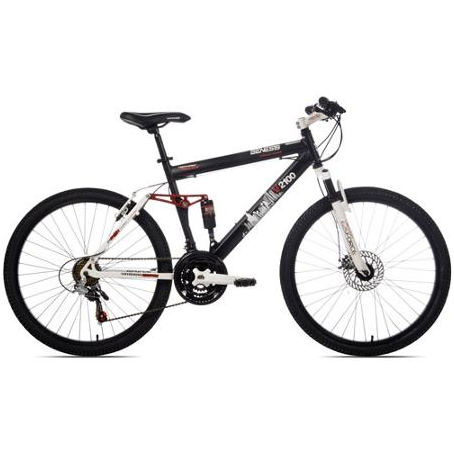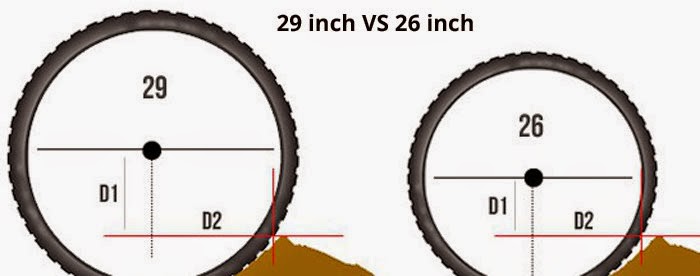How to Choose a Cheap Mountain Bike
Some mountain bikes can cost as much as a small car,but most people don't have that kind of budget. What about cheap mountain bikes - are they good enough for casual riders?
Mountain bikes are designed to meet very different criteria from a street racer. Bike with the steep head angle and smaller wheelbase handles more quickly than one with larger angles and long wheel-base. Long travel suspension and wide tires are designed to take rougher terrain.
Merging all those characteristics with your preferred type of riding and you can arrive at the mountain bike you want.
The cost of a bike is directly related to the frame materials used. A heavier, ultra-sturdy frame bike is going to cost more.
Still, if you intend to bike like a stunt man it's absolutely essential. Titanium with high butting (varying the wall thickness to increase strength) is the way to go. Alternatively, heat-treated chromoly steel is an option.
Components play a large role in price and functionality, too.
Precision gears, derailleurs, and brakes are expensive. But for hard riding along rapidly changing surfaces, they are a must. Brass or titanium form most of the high-end gear. But most of the cost comes from the low-tolerance fit of these models.
High end tires are another factor
Kevlar in the bead, combined with modern composite rubbers increases the cost. But for anyone who intends to do downhill or trail riding, they can't be beat. They provide excellent cornering capability. For more leisurely cross country style, it's an area of possible compromise.
General Factors
Whichever specific type of riding or terrain you intend to tackle, all good mountain bikes will have some things in common.
Every bike you consider must be the right stand over height. On off-road terrain you want to be able to stop without banging against the top tube. Ensure you have at least 4-6 inches of clearance between your inseam and the tube as you straddle the bike.
Be sure you can set the saddle height to the right level. On uneven terrain of the type typically encountered in mountain biking, the seat should be lower than on a road bike. Make sure your 'sit points' (the bony points of the lower pelvis) contact the wide rear portion of the saddle. Women (who have wider pelvic bones) should get one designed especially for them.
Check your leg position and angles.
Get someone to support you when you sit statically on a bike you're considering. Reach for the handlebars and check your comfort. Put the balls of your feet in the center of the pedal spindles (the rod running through the center).
Move one foot to a six o'clock position, the other to twelve. The six o'clock leg should be slightly bent at the knee. The other should be no more than horizontal.
Now go for a test ride of at least ten minutes. Check that your upper body is neither cramped nor too elongated. Ensure that you have no neck strain. Make sure you can reach and operate the controls easily.
Summary
Take into consideration your budget, the bike materials and design, and - most importantly - how it fits you personally. Combine that with your vision of where and how you will ride. You will quickly arrive at just the right mountain bike for you.




Comments
Post a Comment